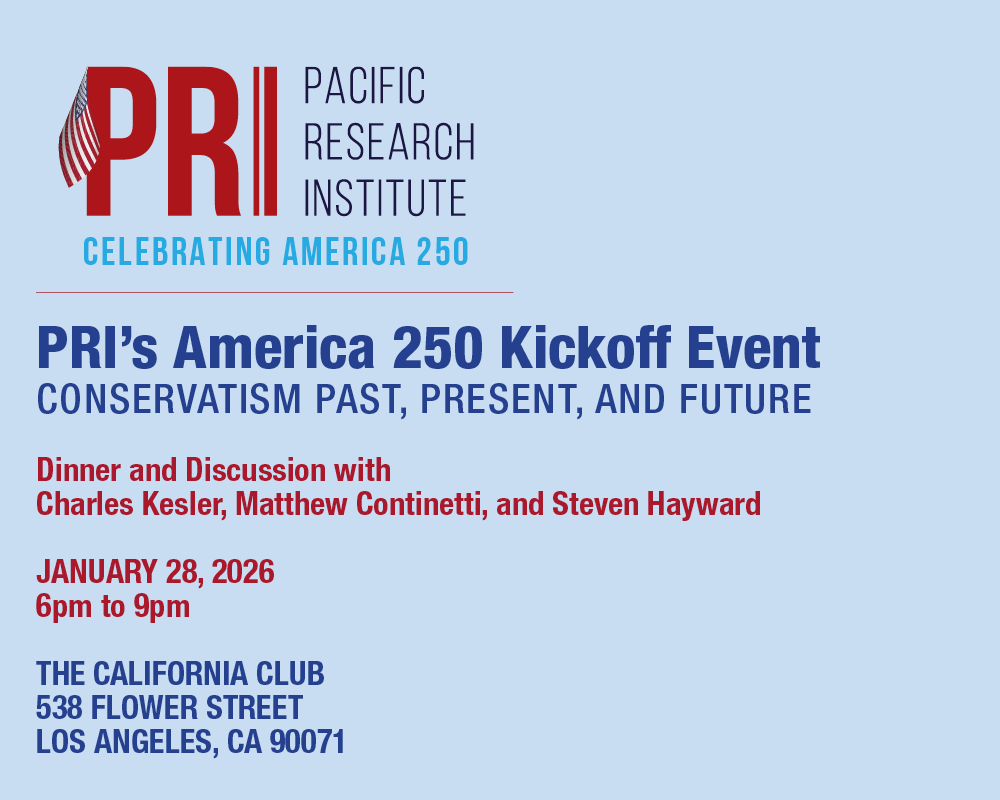The November elections have been dominating the news, obscuring a story of great interest to Contrarian readers. Those readers know that this column finds little merit in most government policies on women’s issues or gender issues. Sometimes, however, a government measure can have a positive effect. That even holds true in, of all places, California.
The city of San Francisco, where I live, recently passed a law giving preference to “women and minorities,” in contracting. The city’s line of thinking is the familiar stereotype. Women are helpless victims of discrimination, therefore the city must give women preferences. In San Francisco government circles, giving women special preferences amounts to giving them equal protection under the law.
That strange reasoning may sound fine to the politically correct, but the Supreme Court of California ruled 6-1 against San Francisco’s preference plan. The basis for the ruling was Proposition 209, the California Civil Rights Initiative, a constitutional amendment that bans race and gender preferences in state employment, education, and contracting.This was a landmark measure.
Proposition 209 was the first time that voters anywhere in the United States had any say on what has come to be called “affirmative action.” In 1996, against furious, hysterical opposition, a rainbow coalition of California voters passed the California Civil Rights Initiative by a wide margin, 54.7 percent to 45.3 percent.
The measure survived a host of legal challenges and did not, contrary to what some maintain, ban affirmative action outright. Governments still can, and should, cast the widest possible net in employment and contracting, and help people out on an economic basis. What they can’t do, as the California Supreme Court ruled, is give preference on the basis of race, ethnicity, and gender, and establish quotas on that basis. Such quotas constitute discrimination by the state, common before the passage of Proposition 209. The University of California, once one of the worst offenders, passed its own measure against preferences.
It is important to note that voters did not establish race and gender preferences. Rather, these were imposed by governments and unelected bureaucrats. For example, voters never had any direct say on Title IX, which as Jessica Gavora pointed out in Tilting the Playing Field, assumed that women would not have success in sports without the helping hand of Big Brother. Its rule of “proportionality” also destroyed many men’s sports teams.
Governments love to impose such measures because it makes politicians feel noble, draws cheers from the militant benches, and of course creates dependency. That any such measure might have adverse consequences, and perpetuate gender stereotypes, does not enter the equation. Politicians remain unwilling to let voters make the call. In California, in 1996, the people finally got a chance through the initiative process.
The ban on race and gender preferences is now state law. Unfortunately, politicians and government officials, who are supposed to follow the law, have continued their opposition to Proposition 209, and the San Francisco preference plan is a case in point. California’s own Attorney General, a former governor, even sided with the city and openly criticized Proposition 209.
San Francisco could have saved time, money, and embarrassment, by simply following the law and getting in touch with reality. It should be clear by now that women and minorities are not helpless victims and don’t need special preferences from government.
Gender and ethnicity are not job qualifications, nor the basis for awarding government contracts. As the Contrarian has also noted, women are excelling in higher education, succeeding in the business world, and have weathered the current recession better than men.
It won’t happen this November, but all states, and the federal government, should let voters have their say on gender preferences. It sounds strange, but on this issue California leads the way for the nation.

